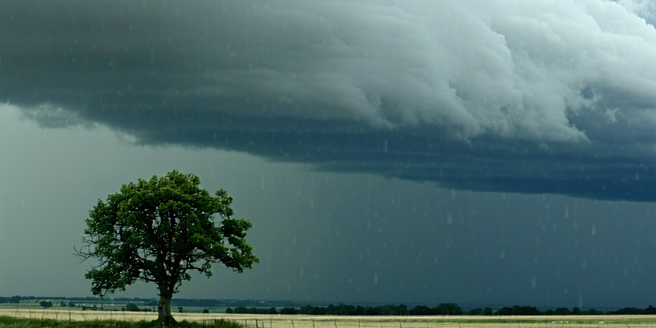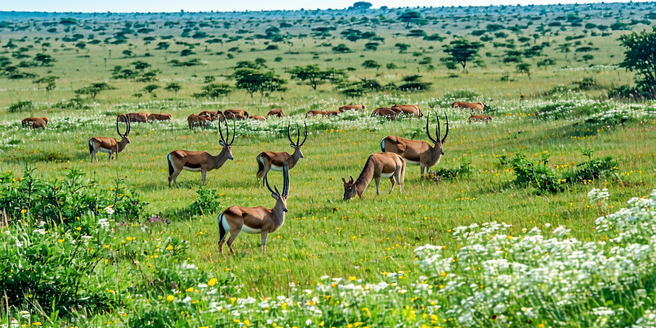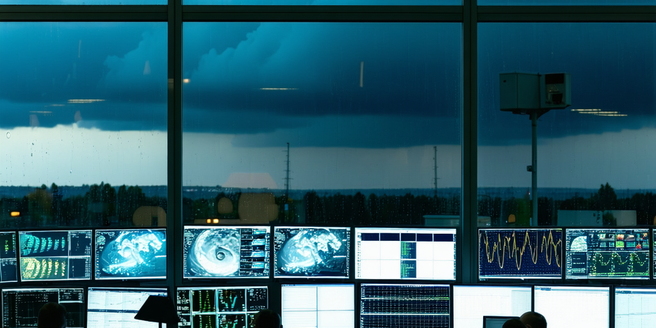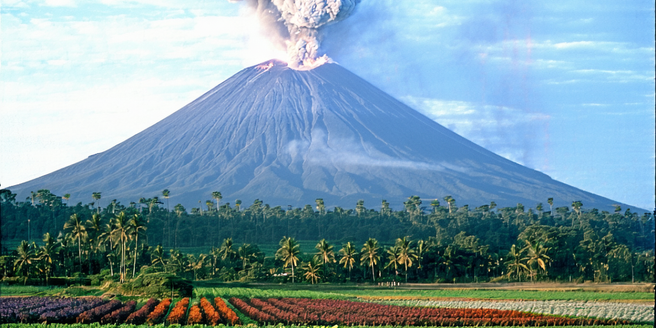Cold Fronts And Road Infrastructure
Understanding Cold Fronts: A Weather Phenomenon Cold fronts are a significant meteorological occurrence, marking the boundary where colder air replaces warmer air. This shift can lead to drastic changes in…
Seasonal Temperature Fluctuations And Global Warming
Understanding Seasonal Temperature Patterns Seasonal temperature changes play a significant role in shaping our ecosystems and daily lives. These patterns are dictated by the Earth’s tilt and orbit around the…
Weather Affects On Urban Photography
Understanding Weather Elements in Photography Capturing urban landscapes is greatly influenced by weather conditions. Photographers need to understand the impact of various weather elements, such as light, wind, and precipitation,…
Impact Of Urbanization On Local Climates
Understanding Urban Heat Islands Urban areas often experience higher temperatures compared to their rural surroundings, a phenomenon known as urban heat islands (UHIs). This temperature discrepancy occurs due to factors…
La Niña’s Impact On Wildfire Outbreaks
Understanding La Niña: A Brief Overview La Niña is a climate pattern characterized by cooler than average sea surface temperatures in the central and eastern tropical Pacific Ocean. It is…
Weather Radio Buying Guide
Why a Weather Radio is Essential Having a weather radio is crucial for staying informed during severe weather conditions. Unlike smartphones and other communication devices, weather radios do not rely…
Grassland Preservation Against Urban Expansion
The Importance of Grasslands in Biodiversity Grasslands are vital ecosystems supporting diverse flora and fauna, acting as crucial carbon sinks, and playing a major role in the Earth’s ecological balance.…
Smart Tech For Hurricane Alerts
Understanding Smart Technology in Weather Forecasting Smart technology has revolutionized weather forecasting by providing real-time data and advanced analytics that were previously unattainable. Through the use of IoT devices and…
Volcanic Winters And The French Revolution
Understanding Volcanic Winters Volcanic winters occur when large-scale volcanic eruptions inject significant quantities of aerosols or ash into the stratosphere, reflecting solar radiation away from Earth. This leads to reduced…
Local Weather Advisory Systems
Understanding Local Weather Patterns Understanding local weather patterns is crucial for accurate weather prediction and preparedness. These patterns are influenced by a variety of factors including geography, wind currents, and…










